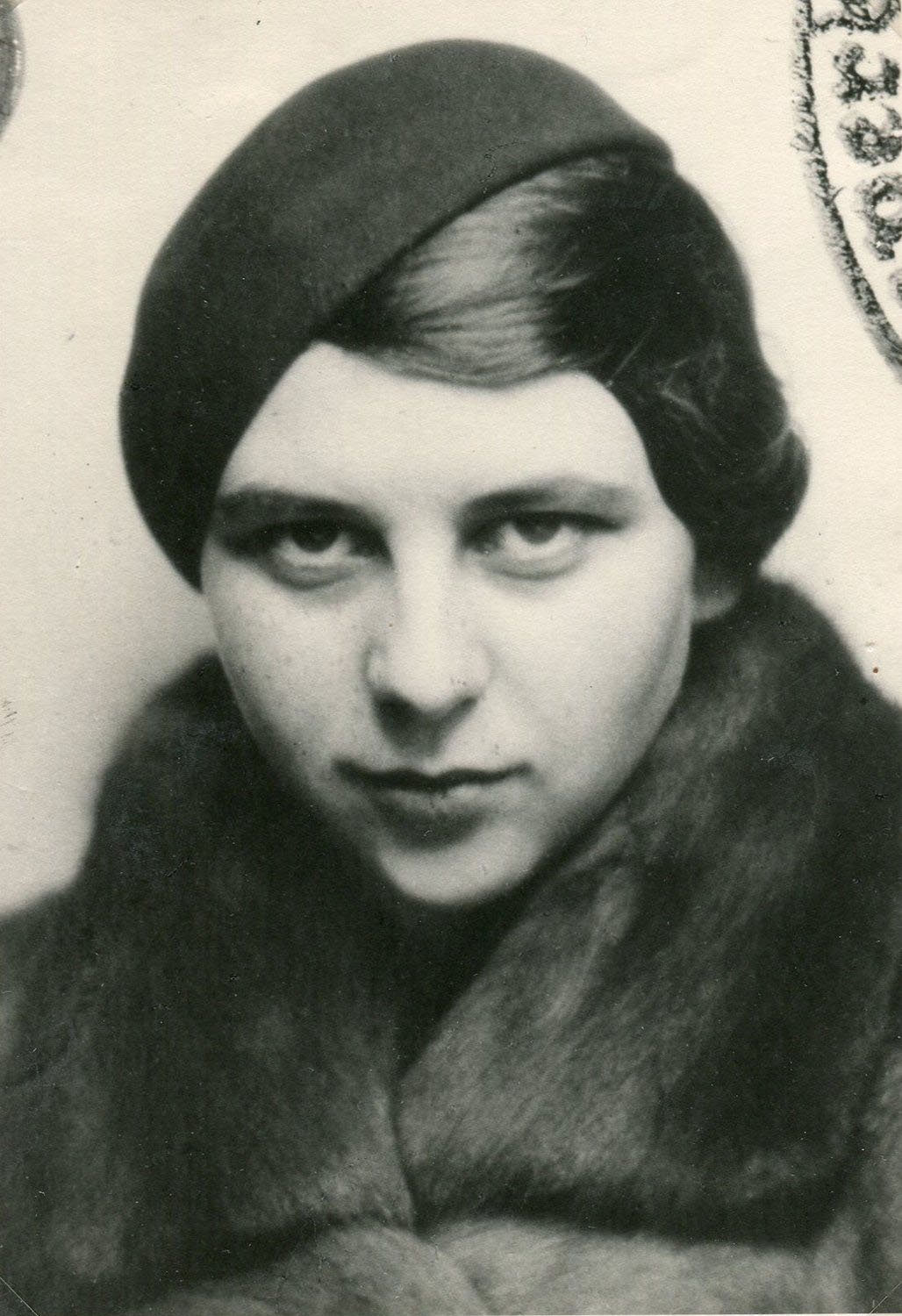A Woman in Berlin: A haunting account of war and survival
Rape is an assault on every one of us: man, woman, and child. It is also a war crime. Most of us would rather not talk about it. I was reluctant to write this blog. But the violence in Israel and Gaza, not to mention the forever war in the Ukraine and other skirmishes around the globe have me thinking about an unforgettable book written by a brave woman.
A Woman in Berlin is the diary written by an insightful woman who lived through the 1945 Russian occupation of her city. The author was “anonymous” when I discovered it years ago. This haunting narrative can deepen our compassion and strengthen our resolve to strive for peace.
A Haunting Diary
The diary opens with the thundering approach of Russian artillery. Life contracts for the residents of Berlin as each apartment building becomes a distinct and isolated clan. The author, a 34-year-old journalist who speaks German, French, and Russian finds herself living in an attic apartment that once belonged to a colleague. Her fiance, Gerd, is away fighting in the German army. Berlin’s residents are slowly starving. She writes, “My sole concern as I write these lines is my stomach. All thinking and feeling, all wishes and hopes begin with food.”
The morning of the Russians’ arrival is marked by a sudden disturbing silence. Everyone has heard about the horrors inflicted on women by the Russians. Parents rush to hide their daughters. As the narrator explains, “One ‘young man in grey trousers and horn-rimmed glasses’ turns out on closer inspection to be a woman . . . other young women try to make themselves appear old and dirty in the vain hope of repelling lust. “
When the soldiers finally stroll into town, observers are struck by how young and how uncouth they are. (They spit in the street!) At first, they only seem interested in looting and drinking, but when the sun goes down the soldiers go in search of women, preferably young ones, to rape.
After she is gang-raped by a group of five soldiers, the narrator is left “bruised and bitten,” her mouth a “blue plum.” She pulls herself together and decides she must find a senior officer “a lone wolf” to protect her. She flirts with a Ukranian lieutenant and invites him to her apartment. But, when she gets home, three infantrymen are in residence eating the remains of her food and drinking stolen liquor. The lieutenant arrives and soon makes it clear that the narrator is his property. His compatriots withdraw and, in time, the two arrive at an arrangement she characterizes as “sleeping for food.” In a perverse way, they come to appreciate each other.
Life takes on a hint of stability. A widow moves in with the narrator and the two compare notes on their rape experiences. A dark humor springs up among the women in the building. One brags that, after raping her, a soldier told said was much better than the women in his home town. A popular aphorism, ,“Better a Russki on top than a Yank overhead,” underscores the importance of survival. As the narrator observes, “Rape in war is a collective experience.” The women find comfort in speaking frankly about their experiences and sharing a ribald humor that blunts the trauma. The women neutralize the humiliation through jokes that belittle their rapists
With the eventual end of the war, their men come home. Defeated and demoralized, they find “their” women’s humor in the face of rape offensive, unfeminine. Gerd can’t tolerate the idea that the author survived by giving herself to another man. He leaves her. The diary’s final entry: “A day to myself. . . I feel oppressed by our German disaster…Losing two world wars hits damned deep.”
~
It’s difficult to say how many women were raped during the Russian occupation. Records from clinics that were set up in Berlin hospitals to care for the survivors indicate they served from 95,000 to 130,000. But some estimate that as many as 2 million women were assaulted, often multiple times. In a summary of his acclaimed book, Berlin: The downfall 1945, Antony Beever describes the horror of that year. He concludes that these events, “reveal how thin the veneer of civilization can be when there is little fear of retribution.”
A Complicated Publishing History
A Woman in Berlin was initially released by Secker & Warburg in 1954, when an English translation went on sale in the United States. A year later, it was released in Britain. The English versions were highly successful and wikipedia says it was translated into Dutch, Italian, Danish, Swedish, Norwegian, Spanish, and Japanese. In 1959 a German edition was released.
The book was not well-received in Germany. Some felt it was insulting to German manhood. Some found the author’s open discussion of rape offensive. Others saw it as a chronicle of women’s misbehavior. Later, academic Janet Halley explained that, “the Woman had a national duty not to give comfort to the major — you might say, a national duty not to take comfort in comforting him. Inasmuch as her sleeping with him is not rape, it is probably treason; at least it’s collaboration. It is literally sleeping with the enemy.” (Click here for her review.)
Given the controversy surrounding the German release, it isn’t surprising that the mysterious author chose not to publish another edition of her diary during her life. But the book simply wouldn’t go away.
A new edition was released two years after she died, on June 16, 2001, at the age of 90. It became an instant best-seller which, of course, reignited interest in the author’s identity. Readers were eager to learn what happened to the woman in Berlin after the war ended. The publisher, Hans Magnus Enzensberger, insisted that the author should remain anonymous but a prominent editor, Jens Bisky, released her name. (Click here for a story of the row that ensued.)
Marta Hillers, pictured above, did take one measure to disguise her identity, describing her hair in the book as “pale blond.” She was a journalist. Evidently not averse to risk, she went to Russia prior to the war and joined the communist party even as the National Socialists were persecuting communists in her home country. She also studied at the Sorbonne. Clarissa Schnabel has assembled a lovely website that discusses “the life and times of Marta Hillers” in detail. You can find it here.
After the war, Marta went on to publish her keen observations on everyday life in Germany in a variety of outlets. She married an older man and went on to live a long and productive life. She and her husband did not have children. Was she happy? It’s hard to tell. Probably. Sometimes. At least she survived.
Rape as a Weapon of War
Some explain wartime rape as an unfortunate side effect. Perfectly normal men, fathers and husbands, are sent out to kill and this drives them temporarily mad. There may be an element of truth to this. Hillers observed that liquor was an important prelude to many of the rapes committed by the Russian soldiers. I do wonder about these men; what convoluted reasoning it took for them to live with the memory of their crimes.
Because it takes more than booze to turn a soldier into a rapist. For centuries, rape has been used systematically and deliberately as a weapon of war. Contributing to the widespread use of rape as a weapon is its acceptance by military leaders, who may give lip service to their disdain but almost never punish the perpetrators. Leaders who treat women as objects; spoils of war.
Rape is a weapon with enduring effectiveness. This book and its history vividly demonstrate how rape can destroy families and communities, isolating a survivor from her loved ones and subjecting her to public censure. Beyond that, the suicide deaths of survivors extend and prolong the killing power of the aggressor. Then, should a pregnancy ensue, the long-term consequences for a woman forced by culture, religious beliefs, or situation to carry the child to term can be devastating. (Courtney gives examples of the use of rape as a weapon in her 2020 report. You can download it here.) But some do survive; some even thrive.
~ ~
A Woman in Berlin is about survival. It offers a timeless and rare look at events that most prefer not to see, let alone to discuss. The book’s tone is pragmatic, compassionate, and matter-of-fact - at times even funny. Hiller’s courage and honesty, her insightful observations, and her descriptions of the profound resilience of women who experienced the worst that war has to offer make this an essential book for our times.
Moreover, inexpensive copies are widely available!
I would love to hear what you think of it.

